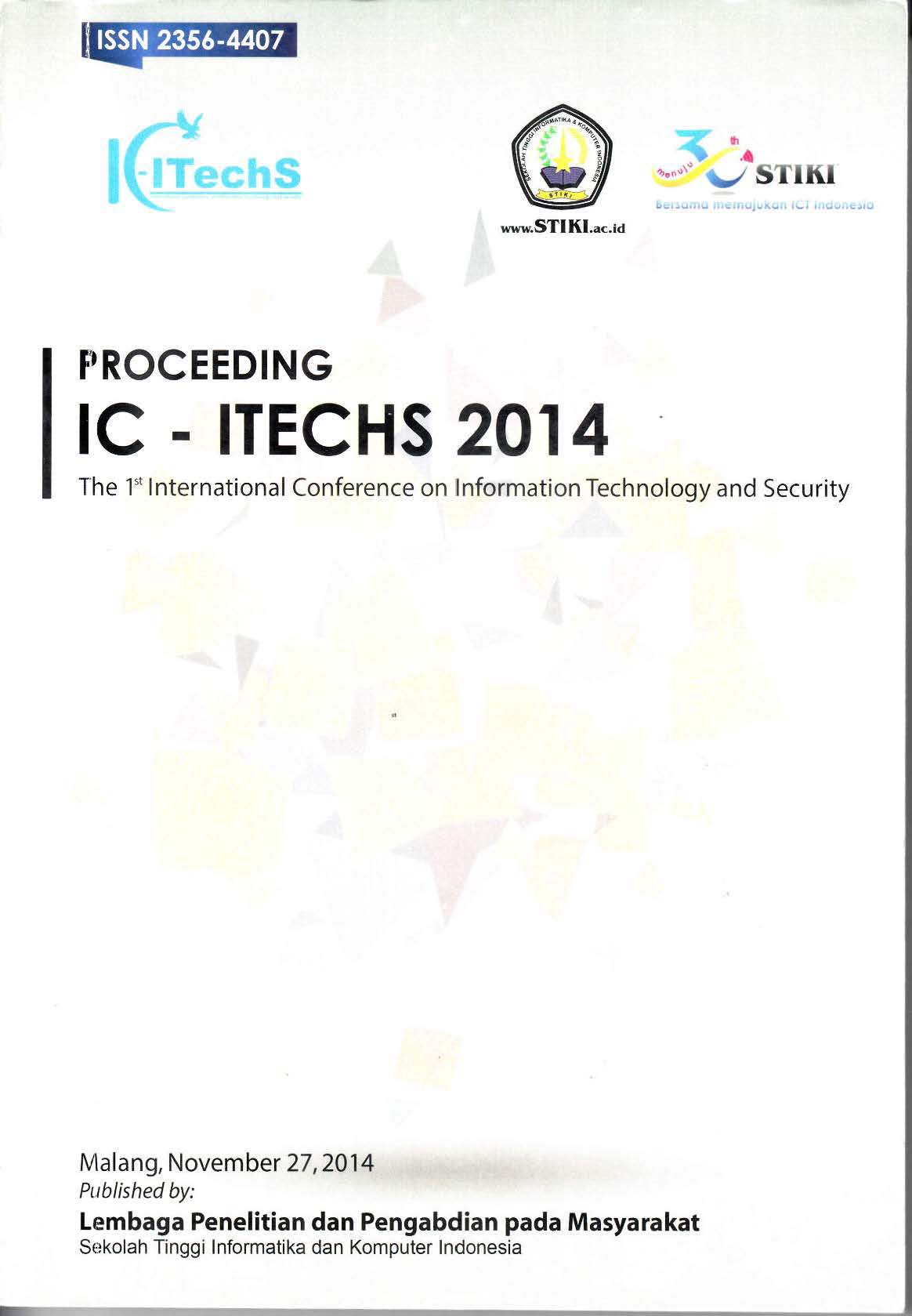Building a Spatio-Temporal Ontology for Artifacts Knowledge Management
##plugins.themes.bootstrap3.article.main##
Abstract
The knowledge that embedded in a historical artifact can have multidimensional information, such as time (temporal) and place (spatial) dimension. The temporal dimension indicates when the artifact had been used in the past, while spatial dimension points the location of people who had been using it at the time. Both of these information provide a general overview of the civilization conditions at the artifacts time. In most cases, the spatio-temporal information that attached to an artifact can be used to furnish the missing information of the other artifacts. If the museum managers are able to connect artifacts based on their spatio-temporal information, presenting artifacts historical value to visitors will be more continuous and complete. However, this kind of management needs could not be facilitated by any existing conventional database systems today. The author proposed an ontology approach for storing artifacts’ spatio-temporal information in digital form. This ontology is equipped with rules to perform reasoning thus spatio-temporal information among artifacts could be connected automatically. The result shows that the spatio-temporal ontology can be implemented in order to complete information linkage among the artifacts.

